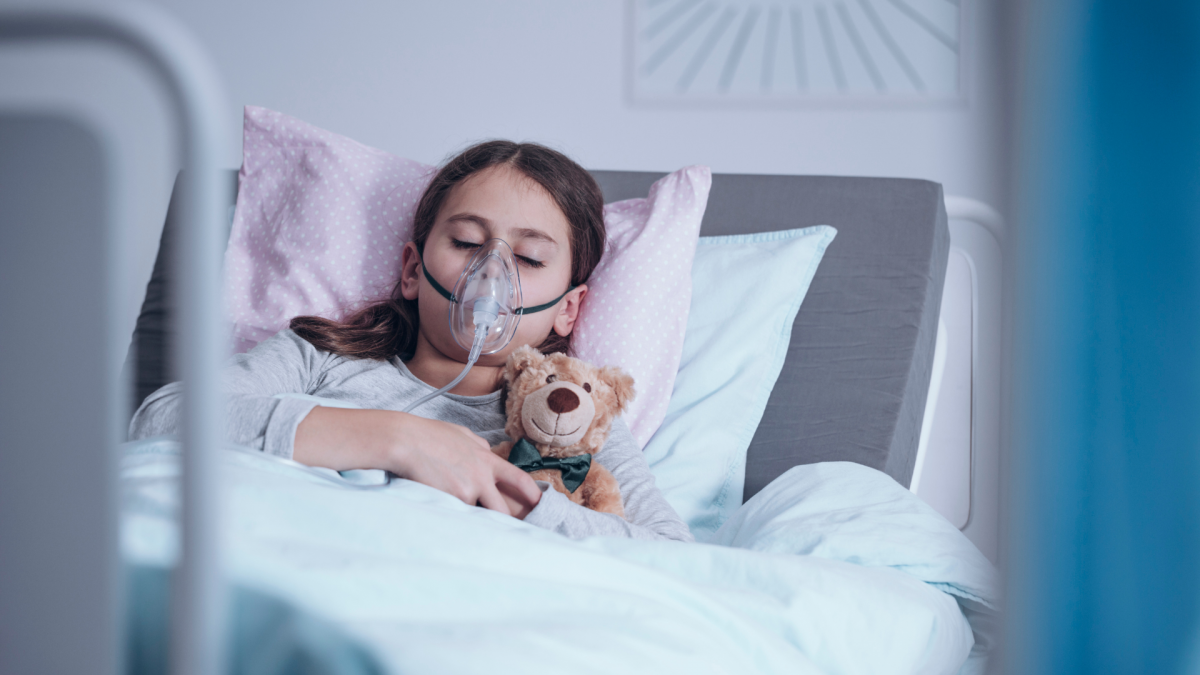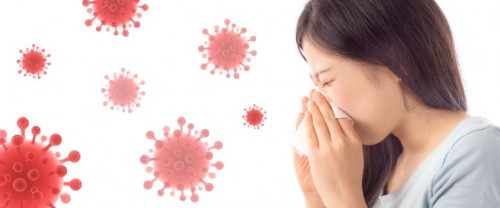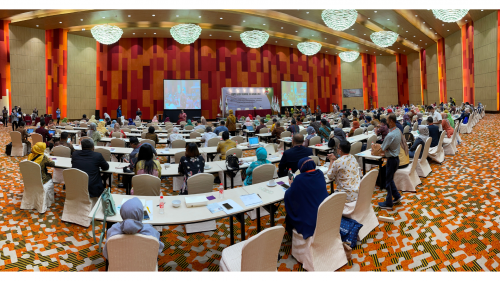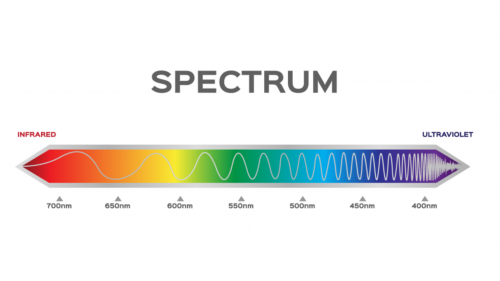Pneumonia is inflammation of the lungs caused by infection, which can be caused by bacteria, viruses, or fungi. This lung inflammation can cause children to lack oxygen because the oxygen exchange process will be disrupted. Pneumonia in children can be detected by observing at the symptoms, if children show symptoms of coughing, fever, rapid breathing, difficulty in breathing, or visible chest wall pulling when breathing, then you should be wary of pneumonia.
Pneumonia can occur at any age; however, this disease occurs more often in young children. Pneumonia in children is a condition to be wary of. Pneumonia is an infection that inflames the air sacs in one or both lungs. The air sacs may fill with fluid or pus (purulent material), causing cough with phlegm or pus, fever, chills, and difficulty breathing. A variety of organisms, including bacteria, viruses, and fungi, can cause pneumonia.
A child is more likely to get pneumonia if he or she has:
- Weak immune system, such as not getting breast milk (ASI), malnutrition
- Ongoing (chronic) health problem, such as asthma or cystic fibrosis
- Problems with the lungs or airways
Apart from that, environmental factors can also increase a child's risk of developing pneumonia, for example exposure to dust or cigarette smoke, living in densely populated residential areas, and air pollution.
Pneumonia in children can be detected by looking at the symptoms, if the child shows symptoms of coughing, fever, breathing becomes rapid, appears to have difficulty breathing, or appears to be pulling in the chest wall when breathing, then they must be aware of pneumonia and immediately take them to the nearest health facility.
Pneumonia in children can be detected by observing the symptoms. Symptoms may be a bit different for each child and may also depend on what is causing the pneumonia. However, some of the common symptoms are if the child shows symptoms of coughing, fever, breathing becomes rapid, appears to have difficulty breathing, or appears to be pulling in the chest wall when breathing, then they must be aware of pneumonia and immediately take them to the nearest health facility.
To confirm the diagnosis of pneumonia in children and evaluate their condition, doctors can carry out physical examinations and supporting examinations, such as blood tests, PCR tests, urine tests, and chest X-rays. However, in certain cases, the doctor will also perform bronchoscopy.
Pneumonia can be transmitted through saliva splashes when coughing or sneezing, as well as through sharing eating and drinking utensils with the sufferer. Therefore, to prevent children from getting this disease, there are several preventive steps that can be taken:
- Make sure children get vaccinated. Doctors recommend a different pneumonia vaccine for children younger than age 2 and for children ages 2 to 5 years who are at particular risk of pneumococcal disease. Children who attend a group child care center should also get the vaccine. Doctors also recommend flu shots for children older than 6 months.
- Practice Good Hygiene. Get children used to practicing clean living, such as washing their hands with soap and running water. Also make sure to keep the house clean and process food cleanly.
- Meet children's nutritional needs. Give your baby breast milk for at least the first 6 months. This is important to strengthen the child's natural immune system to fight disease. When the baby is 6 months old and above, meet your child's nutritional needs by giving him fruit, vegetables, and other nutritious foods.
Do not let pneumonia in children develop into a more serious condition. If children experience symptoms that suggest pneumonia, it is recommended to immediately take them to the hospital for treatment from a doctor.
Reference:
- Cedars Sinai. Pneumonia in Children
- Mayo Clinic (2020). Diseases & Conditions. Pneumonia.
- Ikatan Dokter Anak Indonesia (2020). Bahaya Pneumonia Selalu Mengintai Anak-anak Kita.






